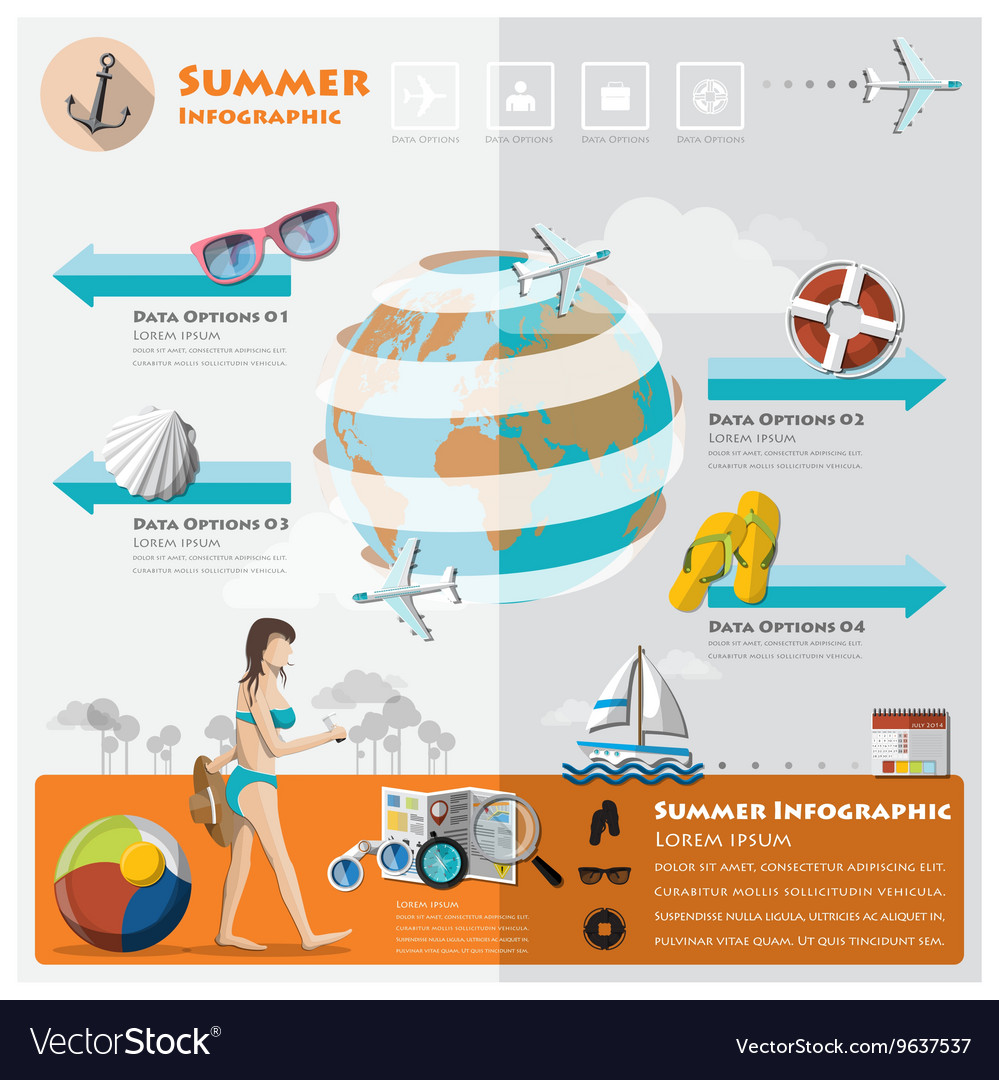The RMS Rhone is a legendary ship wreck that has actually given birth to a lovely marine park. It is among one of the most popular dives in the Caribbean. Its awful tale continues to amaze and mesmerize us.
Captain Woolley opted for the closest route to open sea with the channel between Dead Chest Island and Black Rock Point on Salt Island. As Rhone came around to approach the point the tail end of the hurricane tossed her onto the rocks.
The Background
Throughout the yellow high temperature epidemic of the 1860s, transatlantic guest ships quit regularly at Roadway Harbour, Tortola and Great Harbour on Peter Island to move guests and freight in between them. Master Frederick Woolley of the Rhone had actually been alerted by a going down barometer that a storm was coming, however believing that the hurricane season was over, he chose to stay at Great Harbour for the transfer with one more RMS ship, Conway.
Just as they were passing Black Rock Point between Salt and Dead Chest islands, the climate instantly changed instructions. The initial lurch caught the Rhone on her side and she smashed against the rocky coral reef. Tale has it that Captain Wooley was utilizing a silver tsp (which continues to be dirtied in the coral reefs today) to mix his cup of tea at the time. The wreck is now a prominent dive site, home to an interesting variety of marine life. Lots of people concur that a complete exploration of the site calls for 2 different dives, as the bow and demanding sections are spread out apart at various midsts.
The Accident
The Rhone rests beneath the cozy clear waters of the Caribbean Sea and is a popular dive website today. Visitors can explore the extremely undamaged bow area, see where scenes from the 1977 movie The Deep were shot, and swim under the strict near its huge 15 foot prop. This brimming marine park is a suggestion of the fragile balance in between male and nature.
On 29th October 1867 as Captain Wooley was preparing to secure the Rhone in Road Harbor, the wind and waves shifted and he determined to attempt to beat the coming close to storm out right into the open sea. He guided the ship to Black Rock Point between Dead Upper Body and Golden-haired Rock, a pair of rough pinnacles rising from the water. The ship struck the rocks and sank in 2 sections with the cold water of the inbound tide contacting the warm boilers causing a surge and sinking the vessel with all 123 travelers still linked to their beds.
Snorkeling
Among the most renowned accident dives in the Caribbean, snorkelers can easily discover much of the Rhone by just floating on a mask and breathing via the sea. The deeper bow area is especially well-preserved, a kaleidoscope of orange mug corals including yellowtail snapper, sennets and jacks. It's likewise where scenes from the 1977 movie The Deep were recorded.
The demanding and waistline are a lot more broken up, however they offer a haunting glance of a past era. Scuba divers should intend on at least 2 dives to fully experience the Rhone, specifically considering that visibility can often be challenging. Emphasizes include the fortunate porthole, which scuba divers rub completely luck, and the famous bronze prop. The rusting skeleton of the Rhone is a famous sight in the BVI and is a must-see for any kind of diving or boating enthusiast. The ship is open to the general public for exploration, and lots of local dive watercrafts visit daily. The Rhone is secured by the National Park Solution, and entrance is absolutely free.
Diving
One of the Caribbean's most popular accident dives, Rhone is a desirable site for its historic allure and bursting marine life. It's open and fairly secure, making it appropriate for scuba divers of all experience levels.
The tale behind the wreckage is awful: as she was moving passengers to one more ship, Conway, at Roadway Harbour on Tortola, Rhone rounded Black Rock Point and encountered it at full speed. Warm boilers wrecked against cool seawater and blew up, sending out the Rhone crashing into the rocks and sinking in mins. Just 23 of the 146 people aboard made it through. Their bodies were hidden on Salt Island.
The wreck split in two when it sank, and the bow area wandered to deeper waters, while the demanding resolved at about 80 feet. Both are engulfed catamaran charter in reefs and inhabited by marine life, consisting of schools of yellowtail snappers, sennets, jacks and grunts. It takes a minimum of 2 dives to discover the entire accident, however, given that the bow and stern sections are divided by concerning 100 feet of water.
